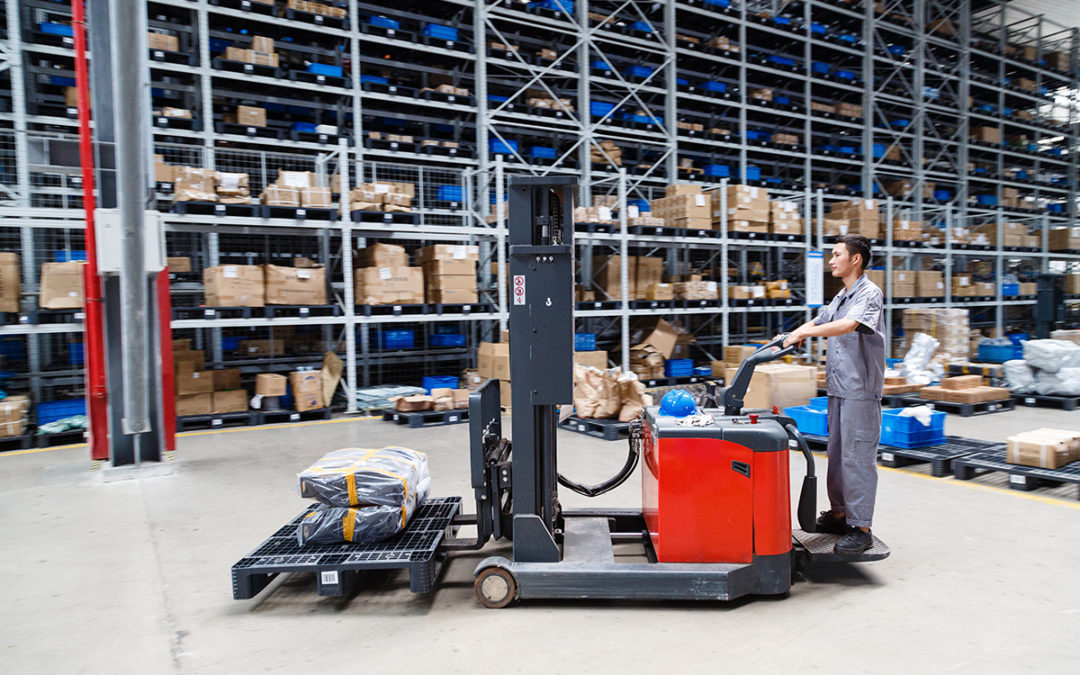I thought I’d seen everything after 23 years of writing about technology. Then I came across connected cows.
IoT sensors hung around the cow’s neck tracks real-time data like the cow’s temperature and ovulation cycle. When the data indicates optimal breeding and lactation periods, farmers receive alerts on their mobile devices so they can maximize cattle production and milk output.
Farmers using connected cow technology can detect breeding and lactation periods with 95 percent accuracy. That’s up from the usual rate of 75 percent.
Here’s the value of that improved accuracy to dairy farmers in China, where the sensors were first tested:
Raw milk is worth 3.6 yuan (USD $0.07) per kg there; the average dairy cow yields 30 kg of milk per day.
So missing an entire lactation cycle could cost a Chinese farmer about 2,000 yuan ($280) per cow, per day, in milk revenue. Considering that large dairy operations have 10,000 to 20,000 cows, that lost revenue is no drop in the bucket.
Why is the ninth largest telecommunications company on the planet wading into a field (literally, in this case) like agriculture? Because it has to.
This smart farming solution comes not from an agritech startup but from China Telecom. Why is the ninth largest telecommunications company on the planet wading into a field (literally, in this case) like agriculture? Because it has to.
“Telecom companies face increasingly tough times,” according to a 2016 McKinsey analysis. Telecom revenue growth and profit margins are being eroded by free or lower cost communication channels like social media, consumer apps and OTT providers streaming content and services via the Internet.
McKinsey says telecoms are fighting back by “preparing to move into adjacent businesses” – i.e., industry verticals like retail, transportation and, yes, farming.
Rather than simply providing the infrastructure pipeline to transmit communication services to enterprise customers, telcos are entering industry verticals. They’re setting up specialized business divisions, acquiring key vertical players and developing services, apps and platforms targeting specific sectors – even heavy industries like agriculture, mining, trucking and manufacturing.
Here’s how this enormous shift is shaping up.
Farming
Telecom opportunities in smart farming extend well beyond connected cows. BIS research predicts that the global smart farming market will mushroom (see what we did there?) to $23.14 billion by 2022, heralding an era of ‘predictive’ or ‘precision’ farming.
Telcos can provide farms with hardware and services for remote IoT to monitor humidity, temperature, soil moisture, crop conditions and the health and location of livestock.
Manufacturing
Nokia has partnered with China Unicom (the world’s fourth largest mobile service provider by subscriber base) to provide a private LTE network for a smart BMW vehicle plant in Shenyang, China. The network will run and support the deployment of machine-to-machine (M2M) communication, wireless video monitoring, object tracking and industrial robots.
Late last year, Nokia also launched Future X, providing edge cloud, advanced LTE, industrial IoT (IIoT), augmented intelligence, AR/VR and cybersecurity for vertical sectors such as manufacturing, logistics, transportation and energy.
Nokia said Future X will provide interconnected sensor systems that can analyze, optimize and manage both physical assets (like tools, equipment, vehicles and components) and human workers (by monitoring employee safety, health and environmental conditions in real time).
Trucking
Best known as America’s largest wireless telecom operator, Verizon also owns the world’s biggest telematics provider for commercial vehicle fleets. The Verizon Connect division provides customers in more than 40 countries with hardware and services for navigation, driver dispatch and communication, fuel consumption monitoring and vehicle tracking.
Although traditional GPS still underpins the bulk of telematics technology, the use of IoT sensors and analytics software is growing in the sector.
Mining
Australian telecom giant Telstra launched its own mining services offshoot in 2016. That has moved Telstra from offering mobile services at mine sites to providing end-to-end technology solutions for all aspects of the mining industry. That includes virtual staff training, air quality monitoring, remote IP video surveillance, and location and performance monitoring of vehicles and equipment.
Telstra Mining Services has embarked on an endeavor that, arguably, only a telco could hope to pull off: a massive R&D push to someday deploy LTE networks in the deepest of underground mine sites.
“While there are various service providers who might be able to provide portions of the [LTE] system, Telstra’s value to this space is that we very much understand and can deliver networks above ground and it’s a natural extension to extend this below ground,” Dr. Jeannette McGill, head of Telstra Mining Services, told The Mining News.
As digital transforms every single industry out there – from accounting to waste management – it shouldn’t be all that surprising to see telcos advance into new business territories.
“With a large customer base, ownership of key infrastructure and strong technology capabilities, telecom operators will try to take on the role of digital services providers, often emerging as disruptors in other industries,” the World Economic Forum predicted in its 2017 global telco report.
If the Internet of Bovines isn’t proof of disruption, what is?


Recent Comments